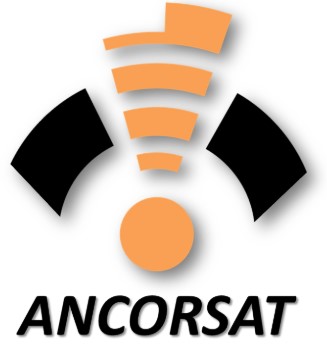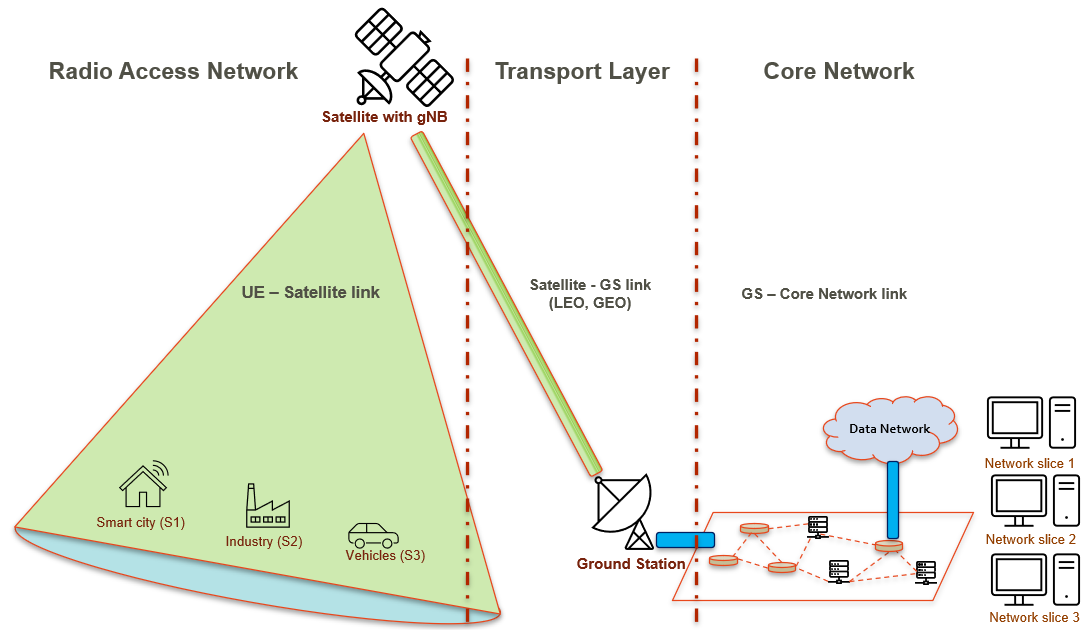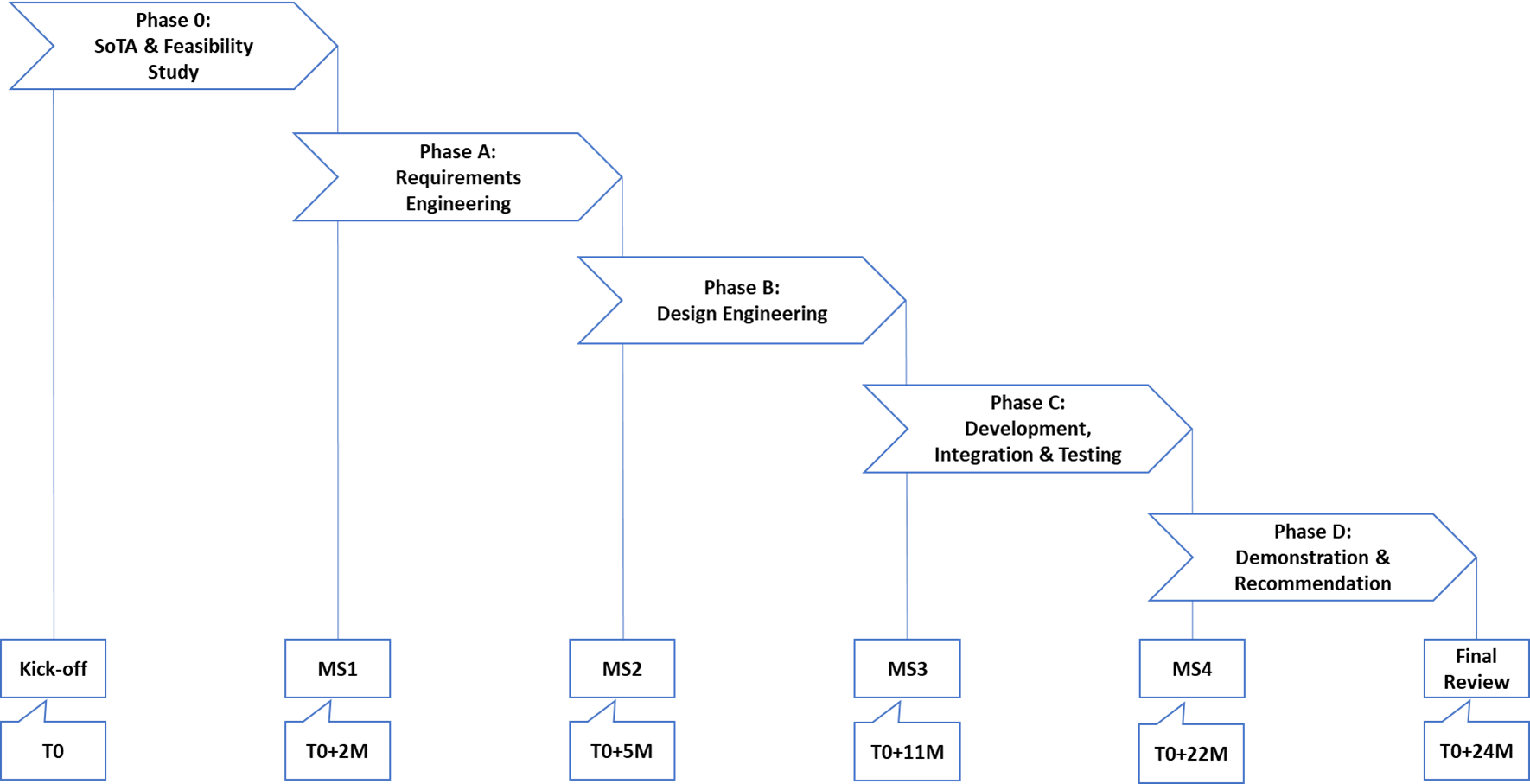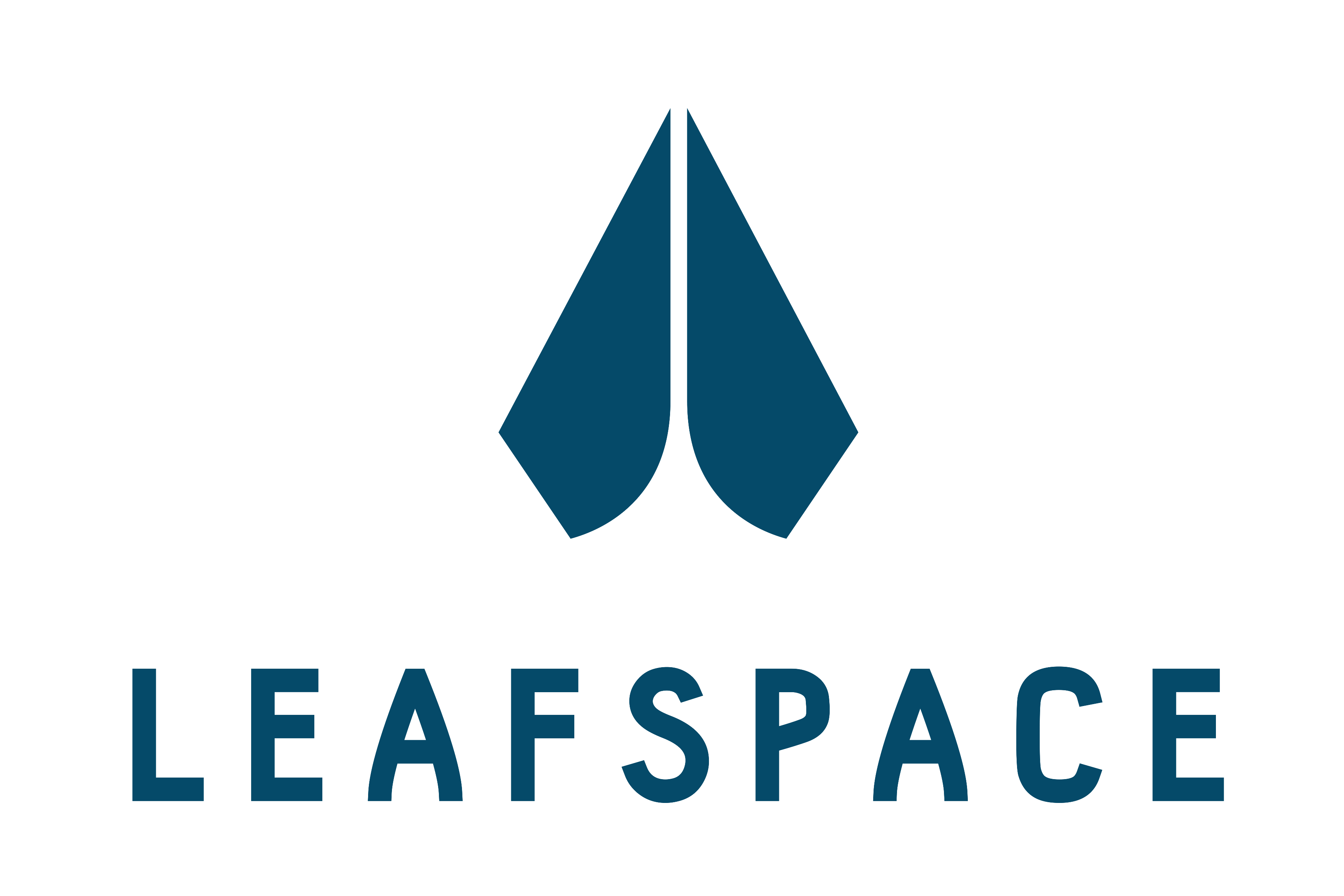
-
StatusCompleted
-
Status date2025-01-30
-
Activity Code3A.109
The objective of ANCORSAT is to identify the 5G NR IoT technical requirements in various satellite network scenarios in LEO and GEO, to define specific virtual network functions – at layer-2 and above – that could comprise a satellite network slice, to design and develop an end-to-end testbed to demonstrate satellite IoT use cases for agile 5G network configurations, and to contribute in 5G definition of network slicing architectures.
ANCORSAT aims at the agile and efficient management of satellite network resources, in particular in the return link (connection to gNB on board satellite), but also the ground segment resources (gateway) in both, forward and return link, using several techniques, highlighting a new algorithm for radio resources management in the return link, using simulated annealing when there is congestion, and virtualization techniques in the ground segment (implementation in Virtual Machines).
The key challenges in ANCORSAT include identifying and optimizing state-of-the-art technologies for satellite-specific IoT applications, as there are currently no off-the-shelf solutions designed for such use cases. This emerging field requires significant adaptation of existing 5G and IoT technologies to meet the unique demands of satellite networks, such as high latency, dynamic resource management, and seamless network slicing. The lack of readily available tools further complicates efforts to implement and test agile network configurations for satellite IoT services, highlighting the need for innovative, tailored solutions.
ANCORSAT brings significant benefits to both the satellite and telecommunication domains by enabling the testing and validation of end-to-end scenarios involving non-terrestrial network components. The testbed developed through ANCORSAT provides a versatile platform for exploring multiple use cases, demonstrating agile network configurations, and validating innovations such as network slicing and resource optimization in satellite IoT networks. This advances the integration of satellite systems into 5G ecosystems, fostering collaboration between terrestrial and non-terrestrial technologies to support diverse applications across industries.
The ANCORSAT testbed offers advanced features end-to-end functional testing for Satellite 5G IoT Networks:
-
End-to-end non-terrestrial simulation based on 5G NR.
-
Implementation of network slicing paradigms based on open-source solutions.
-
Implementation of containerization and orchestration features based on the recent advances in telecom architectures.
-
Traffic generation and monitoring of satellite-based IoT traffic based on multiple user profiles.
-
Adoption of open APIs and flexible software architecture to easily integrate third party algorithms and additional data sources.
-
Compliance with 3GPP and ETSI NFV standards (network slicing, NFV MANO, etc.).
The 5G IoT Satellite network is compromised of three main blocks:
-
Radio Access Network
-
Transport Layer
-
5G Core Network

The ANCORSAT testbed was designed to introduce the concepts of network slicing, Network Function Virtualization (NFV) and open-source Management and Orchestration (OSM) within a non-terrestrial communication scenario for IOT devices. The testbed is running on an emulated environment using opensource tools for RAN simulation and the orchestration of the core network functions. The testbed environment is in addition fully customizable and able to support different NTN scenarios (LEO, MEO, GEO) and offers state of the art slice orchestration technologies with the introduction of the inter slice scheduler. The testbed includes the following virtual machines:
-
VM1: Running a simulated environment for the user segment This includes the traffic generator and the ISS.
-
VM2: Running a simulated gNB in regenerative mode and using NETEM for SATLINK simulation.
-
VM3: Running a ground station as modem service. Used for routing and traffic shaping us-er traffic based on network slice ID.
-
VM4: Running control plane NF’s.
-
VM5: Dedicated UPF to 3 network slices.
-
VM6: Dedicated UPF to 2 network slices.
-
VM7: Responsible for the monitoring, management and orchestration of the open5GS NF’s.
The Project have the following implementation phases:
-
Reference Scenario Definition and State-of-the-Art Analysis
-
Requirements Engineering
-
Design Engineering
-
Testbed Development, Integration & Testing
-
Demonstration & Recommendation

The project was concluded successfully in December 2024 with the final presentation held in ESTEC on 3rd of December 2024. The ANCORSAT testbed achieved TRL4 by the end of the project and a product development roadmap was proposed to increase the TRL.





